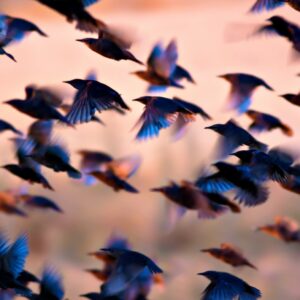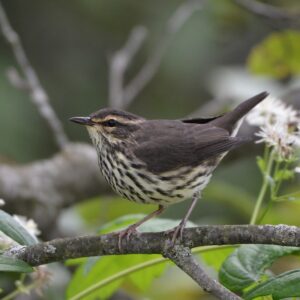Tundra To Tierra Del Fuego: Saving Canada’s Migratory Birds
Each year tens of millions of breeding shorebirds, congregate at a handful of sites in eastern Canada before embarking on journeys that sometimes take them over the Atlantic and Caribbean to suitable wintering habitat in the tropics. Some species like the arctic breeding Red Knot face grave threats from loss of habitat, weather events, and competing use of beaches. The once common eastern race of this species has plummeted from 100s of thousands to under 15,000 in less than a decade.This week, I’m in Washington D.C., where a major partnership has been created to conserve some of the hemisphere’s most threatened migratory birds, like the Red Knot. The Atlantic flyway shorebird initiative seeks to engage communities of individuals and organizations along the entire flyway which stretches from the Canadian arctic, through the US and the Caribbean, down to Patagonia in southern South America. This united effort aims to tackle the complex issues impacting the species.In particular, I’ve had the opportunity to take part in discussions about what action could be taken on the James and Hudson Bay lowlands, where millions of shorebirds collect on their north and southward bound migrations. There is concern that mining and hydroelectric developments in the upper watersheds of the Bays may have dire impacts on shorebirds and other species that depend on the coastal wetlands for food to fuel their long-distant migrations. If the productivity of these wetlands declines, millions of shorebirds could be at risk.
Nature Canada together with the representatives from First Nations, the Canadian Wildlife Service, Ontario Ministry of Natural Resources and the Royal Ontario Museum are exploring ways to secure international recognition for a suite of globally important bird areas along the coast as a first step to link the Bays in a broader hemispheric initiative to conserve shorebirds throughout their flyways. Today’s meeting in Washington created a roadmap for action to conserve and restore shorebirds from the Tundra to Tierra del Fuego.




